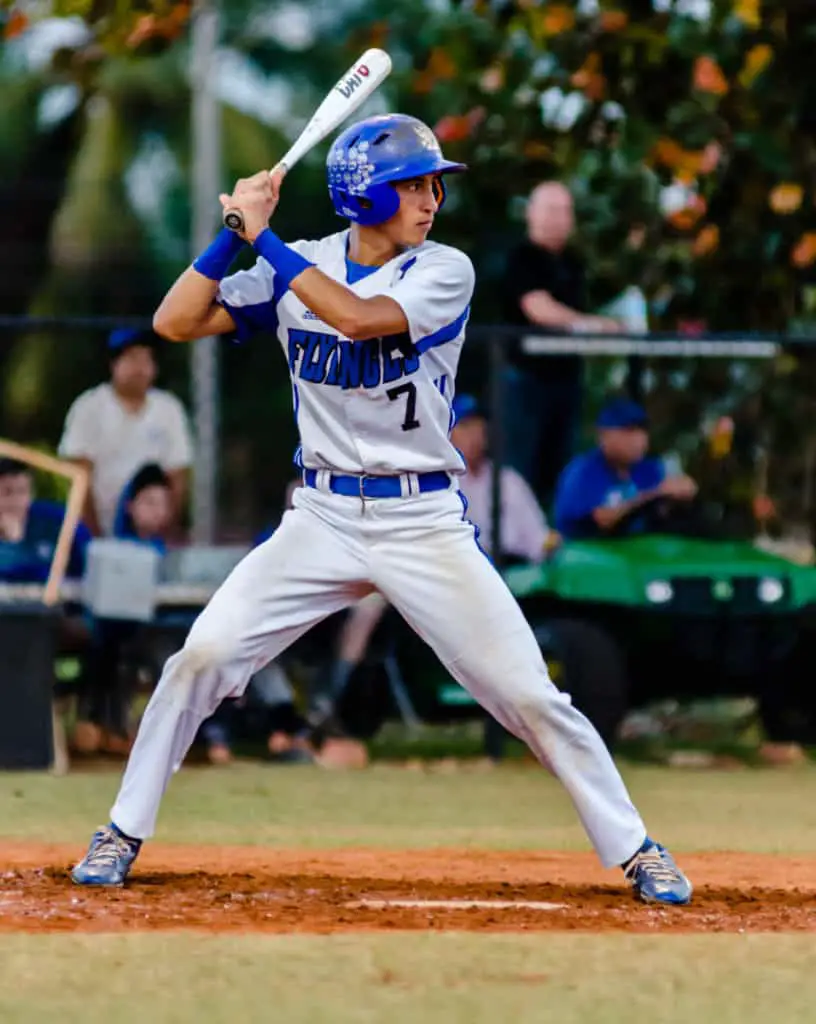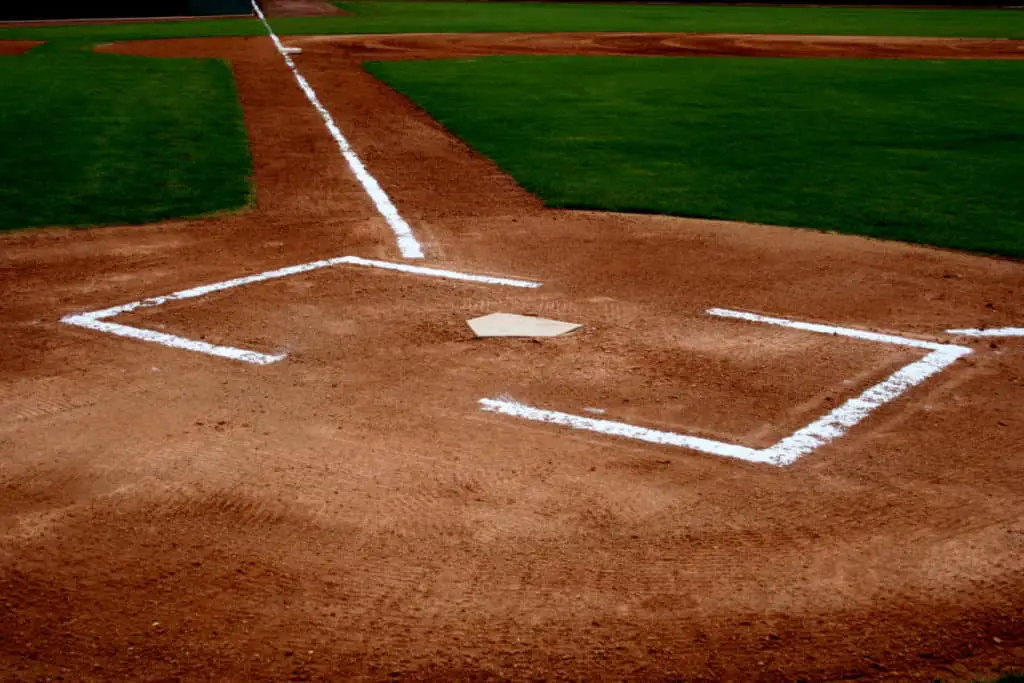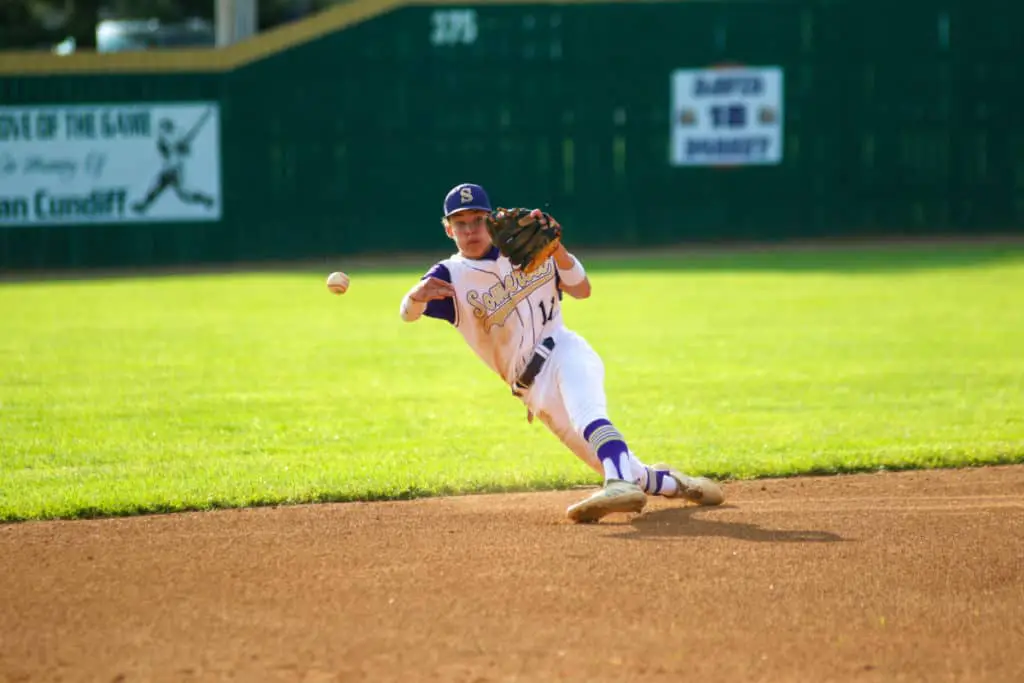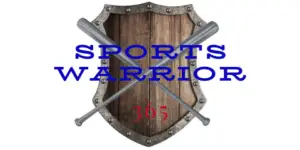Baseball is supposed to be fun!
As coaches and parents, we need to work hard to keep kids engaged, having fun and developing. The drills created for a team practice should keep everyone moving and having fun while developing their skills.
At the end of practice, you want the players on the team to be excited about the next practice.
Too often, coaches stand on the mound throwing pitches as one kid hits and the other 9 stand in the field. There are much more efficient ways to ensure players are active and developing.
Fun Baseball Drills for 10 Year Olds
- Contact Drill
- Wiffle Ball Home Run Derby
- Knockdown Drill
- Knockout Drill
- Simulated Game
- Running Bases
- Sliding Drill
Last year I coached a 10 year old team and found the 7 drills above to be some of our favorites.
As kids enter the 10u level of baseball, the game is starting to evolve, there are leadoffs, pick offs and stealing. The game becomes much more involved and kids need to start developing their anticipation.
The skills we are trying to develop with the drills detailed below include the following:
- Contact and 2 Strike Hitting
- Swing speed and power to drive the gaps
- Soft hands for fielding ground balls
- Anticipation of the game and field awareness on defense
- Anticipation on the bases and the right angles to take
- How to stay safe and gain an advantage by sliding correctly

#1 Contact Drill
For the portion of practice when we are focusing on hitting, we will often have multiple stations going on. We break the players into groups of 2-3 players and set up a hitting cage, tee station, wiffle ball station and a heavy ball station. The players move from station to station. Once we have completed these training zones, we will add some fun through a contact drill. You can use baseballs or wiffle balls for this drill. To get the most amount of swings, I would recommend wiffle balls with multiple coaches.
How The Drill Works:
- Set up multiple stations with multiple coaches.
- Break the players into groups of 3.
- Have the first player in each group step to the plate.
- See how many consecutive strikes the player is able to make contact with. (Foul balls do count)
- Have the players compete within their group and go through this cycle for 5-10 minutes.
- At the end, identify the winner of each group and bring to the main plate.
- Have each hitting cycle through two times and identify the winter for that practice.
Benefits:
- The players learn to make contact.
- This helps focus on making contact even on a pitch that isn’t perfect.
- Players learn to make a simple, compact swing.
Skills Developed:
- Contact and 2 Strike Hitting.
- How to focus on contact against a difficult pitcher.
What position should I play in baseball?
#2 Wiffle Ball Home Run Derby
After we have completed our hitting portion of practice in different stations, on the days we don’t use the contact drill we will work on hitting with some power. We will once again use wiffle balls as for the weaker players, they are easier to hit with some distance. Not all wiffle balls are created equal and sometimes tennis balls are a great option as well.
How The Drill Works:
- Set up multiple stations with multiple coaches.
- Break the players into groups of 3.
- Mark off the distance for a reasonable homerun. Keep in shorter at first so more home runs are hit and players are encouraged.
- Have the first player in each group step to the plate.
- Throw 5 pitches and see how many home runs each player hits.
- Have the players compete within their group and go through this cycle for 5-10 minutes.
- At the end, identify the winner of each group and bring to the main plate.
- Have each hitting cycle through two times and identify the winner for that practice.
Benefits:
- Players can learn how to drive the ball.
- They must also generate some speed.
- A combination of a contact drill and driving the ball helps develop both essentials of hitting.
Skills Developed:
- Confidence in being able to drive the ball
- Swing speed – it’s ok to swing hard in this drill and focus on driving through the ball
Top 5 reasons to play baseball!
#3 Knockdown Drill
This is a throwing drill. After we have warmed up at the beginning of practice with some simple catch. We will set up a station or multiple stations to help the players improve their ability to throw the ball a bit further with some accuracy. The goal is to field a ground ball or catch a fly ball, take a good crows hop and knock down the target. We will often utilize a cone on top of a chair.
How The Drill Works:
- Set up a cone on a chair.
- Have players cycle through for 7-10 turns.
- Keep track of who knocks the target most often out of the total number of attempts.
Benefits:
This drill helps keep the players focused on hitting a target and it adds some fun to the practice! Make sure you focus on proper form, getting the front shoulder closed and keeping your feet in quality balance underneath you.
Skills Developed:
- Arm strength
- Accuracy
- Proper footwork prior to throwing the ball (typically the cause of off target throws)
How to get out of a hitting slumps (7 Tips)
#4 Knockout Drill
This is a drill where the players have to not only field the ground ball cleanly, but then they have to make the second part of the play, which is an accurate throw. As long as they make the play successfully they stay in the game. If they get knocked out, we typically have a secondary game taking place to keep the number of total number reps high and to prevent players from just standing around.
How The Drill Works:
- Break players into groups of 5-6.
- Throw or hit ground balls to the first player up.
- The players must make a clean play and throw to remain in the game.
- Complete the process through the line and continue until there is only one player left.
- Consider having a secondary line where players can continue to field ground balls.
- This game can also be played with fly balls.
Benefits:
- Players learn to deal with a little pressure and must field the ball clean and make a quality throw.
- Players enjoy competing and trying to stay in the game.
Skills Developed:
- Proper technique and soft hands
- Handling pressure situations
How to increase my sons bat speed?

#5 Simulated Game
Most teams will have between 10-12 players on the team. Take 3 players and have them hit and put the others into position. I would recommend a coach pitching to keep the game moving. The goal is to have the ball hit often, players running the bases, and fields make the proper play in the field. The players love this game as they feel like they are “scrimmaging” and they get an opportunity to bring their skills all together in this format.
One key here is for the last 30 minutes of this simulated game, do not let any of the coaches coach. Let the players communicate with each other and talk. Let the players make the decisions and assess their decision without a coach jumping in right away to correct.
How The Drill Works:
- Identify 3 hitters to get ready to hit.
- Place the other players in the field.
- Utilize a coach to pitch.
- If you are short on players, don’t use a catcher or leave out an outfielder.
- Have the players hit and then run the bases.
- The fields must make the proper play.
Benefits:
- The game of baseball can happen fast. Even the players that can field the ball when drilling, may struggle once in a game situation.
- The simulated game keeps it fun and real!
- The opportunity to run bases is enjoyed by the players!
Skills Developed:
- Anticipation of the game
- Defense awareness
- Baserunning awareness
What length baseball bat for my kid?
#6 Running Bases
This drill is usually used at the end of practice. Players will run a single, then a double, then a triple and finally a home run. Coaches have the opportunity to teach to run through the base on a single, listen to their coaches and make the proper turn. This will take months for players to finally catch one, but it is something you can do repeatedly to help build awareness of where the ball is and what the coach is telling them to do. Coaches should work on staying consistent with arm motions and the verbiage used.
One way to take this drill to the next level is to use a stopwatch and time each player on his time to first base and second base. Over the course of the season, see if kids can decrease their time. They will be able to do this by taking the right angles and running the bases correctly.
This drills might seem simple, but high school teams run this drill as well. Base running needs to be a constant in practice, plus it can be used for conditioning as well.
How The Drill Works:
- Have every player line up at home plate.
- Have them make a simulated swing and run the bases.
- Start with a single and then progress to the other bases.
- You can also have runners start on 1st and work on going from 1st to 3rd on a base hit.
Benefits:
- Kids love to run bases and score.
- This is a great way to get rid of some energy.
- This helps keep kids in shape and most kids enjoy running!
Skills Developed:
- Proper base running path
- Anticipation
- Seeing the ball and making a decision
#7 Sliding Drill
Sliding is one way to stay safe when there is a close play at a base. This is an opportunity to explain the proper way to slide and to encourage players not to slide into first base. We will use this drill on a wet, rainy day. Or you can bring a slip and slide to practice to work on sliding.
How The Drill Works:
- Set up a slip and slide or utilize wet grass.
- Have players take turns sliding safely.
- Properly instruct the proper way to slide.
Benefits:
- Helps remove the fear of sliding.
- Teaches the proper technique.
- Players have fun on a slip and slide or wet grass.
Skills Developed:
- How to safely side and gain an advantage

Fun Baseball Drills for 10 Year Olds: Final Thoughts
The 10u level is a fun year for many players. The kids still have good attitudes, but are now at a level where they can start to drive the ball and make certain players in the field. Keep working on skill development and game awareness.
Overtime, kids will grow bigger and stronger and if they have a solid foundation and situational awareness they will be ready for the next level. The true payoff is when they reach 12 or 13 years old and can really drive a ball, the game becomes really fun at that point!
